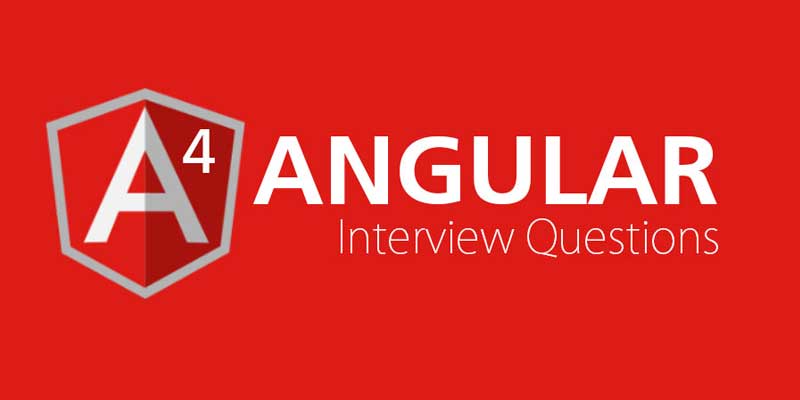HTML5, the most recent and last significant form of HTML, works with designing and creating content-rich, intuitive pages. In specialized terms, HTML5 characterizes properties and behaviours of substance on a website page by executing a markup-based example to it.
HTML5 is among the most lucrative web technologies starting today. Consequently, it is an ideal chance to learn HTML5. On the off chance that you’ve effectively done as such, you should anticipate getting a worthwhile HTML5-based work.
List the significant goals of the HTML5 specification
- Better semantic help for the website page structure with the presentation of new primary component labels.
- Conveying a stricter parsing standard for: Guaranteeing steady cross-browser behavior; Offering brilliant backward compatibility with archives composed according to HTML standards; Working on error handling.
- For supplanting HTML4, XHTML, and the HTML DOM Level 2.
- Offer intuitive and rich substance, like animations and videos, without reliance on plugins.
- Consistent activity across multiple platforms and devices.
- Some of the best features brought by the HTML5 particular are:
- Improved error handling.
- Improved help for installing sound, designs, and video content by means of <audio>, <canvas>, and <video> labels.
- Extensions for the JavaScript API, such as for caching, drag-and-drop, storage capacity and geo-locations; More markup for supplanting scripting; Multiple devices support.
New:
Attributes for better document structure, such as <article>, <bdi>, <figcaption>, and <meter>; Form controls, including <calendar>, <email>, <search>, and <url>; Parsing rules for enhancing flexibility; Semantic tags for complementing the structural logic of modern web applications, such as <aside>, <header>, <main>, and <section>; Standard features like that of CSS, DOM, HTML, and J.S. for reducing the requirement of external plugins; Support for: Offline editing, Protocol and MIME handler registration and, Web SQL; Web workers.
How does an HTML specification differ from a web browser’s implementation?
A HTML, similar to the HTML5, characterizes a bunch of rules that all documents need to stringently continue to be viewed as legitimate according to the specification. The specification additionally offers guidelines about how an internet browser should decipher and deliver a substantial document.
An internet browser is considered to support a specification on the off chance that it can deal with substantial documents according to the standards referenced. Albeit the entirety of the significant programs support a large portion of the HTML5 specification, no internet browser upholds the HTML5 to its sum.
Regardless of the improved specifications for HTML5, cross-browser support is as yet something that a designer ought to be exceptionally mindful about. The HTML5 specification characterizes certain principles that should be followed when going over an invalid HTML5 document.
Since invalid archives can contain anything, it is practically unimaginable for the HTML5 specification to deal with every one of the prospects extensively. Accordingly, most choices about taking care of distorted records are totally up to the internet browser.
What is the right use of the accompanying HTML5 semantic elements?
I) <article>
This HTML5 component is planned to have an independent structure, being legitimately free and skilled to be made external the page without losing the concerned significance. Appropriate models for the <article> component are blog entries, news scraps, and release updates.
ii) <footer>
We use the <footer> component to hold data intended to show up toward the finish of a specific part of a website page. Regularly, it contains extra data about the segment. Reasonable models for this HTML5 component incorporate a creator bio and supportive connections.
iii) <header>
This fundamental HTML5 component contains basic just as route data about a specific segment or the body of a website page. Reasonable models for the <header> component are creator name, distribution date, number of perspectives, and chapter by chapter guide.
iv) <section>
Expected for holding content having a typical reason or subject, the <section> component fills in as an adaptable holder in HTML5. The remarks area, sharing segment, and related articles segment are probably the best instances of this HTML5 component.



